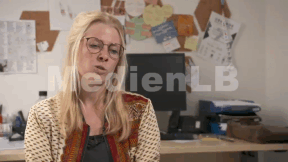 Chemie
Chemie


46503482 / 55502974
Wasserstoff
Energieträger der Zukunft
Wasserstoff ist das häufigste Element im Universum. Auf der Erde ist der Wasserstoff größtenteils in Verbindung mit Sauerstoff im Wasser gebunden. Die Gewinnung von reinem Wasserstoff ist bereits seit über 200 Jahren bekannt, auch die Freisetzung von Energie konnte früh beobachtet werden. Gezielt als Treibstoff wird Wasserstoff seit etwa 70 Jahren zunächst vor allem in der Raketentechnologie eingesetzt. Wasserstoff, der bei Verbrennung zu Wasserdampf wird, ein wichtiger Baustein im klimagerechten Umbau der Mobilität. Der Film zeigt Möglichkeiten der Gewinnung und Nutzung von Wasserstoff und geht hierbei auch auf klimafreundliche Methoden zu seiner Gewinnung ein. In Verbindung mit dem umfangreichen Zusatzmaterial (Arbeitsblätter, interaktive Aufgaben, Testfragen, Glossar) lässt sich das Medium hervorragend im Unterricht verwenden.
Trailer abspielen

Lehrplanzentral und an den Bildungsstandards orientiert
Passend dazu
Schönheit
Sie entsteht im Auge des Betrachters, dennoch ist sie messbar. Es gibt sie innen wie außen.
Häusliche Gewalt
Häusliche Gewalt ist ein verborgenes Problem mit einer erschreckend hohen Dunkelziffer.










